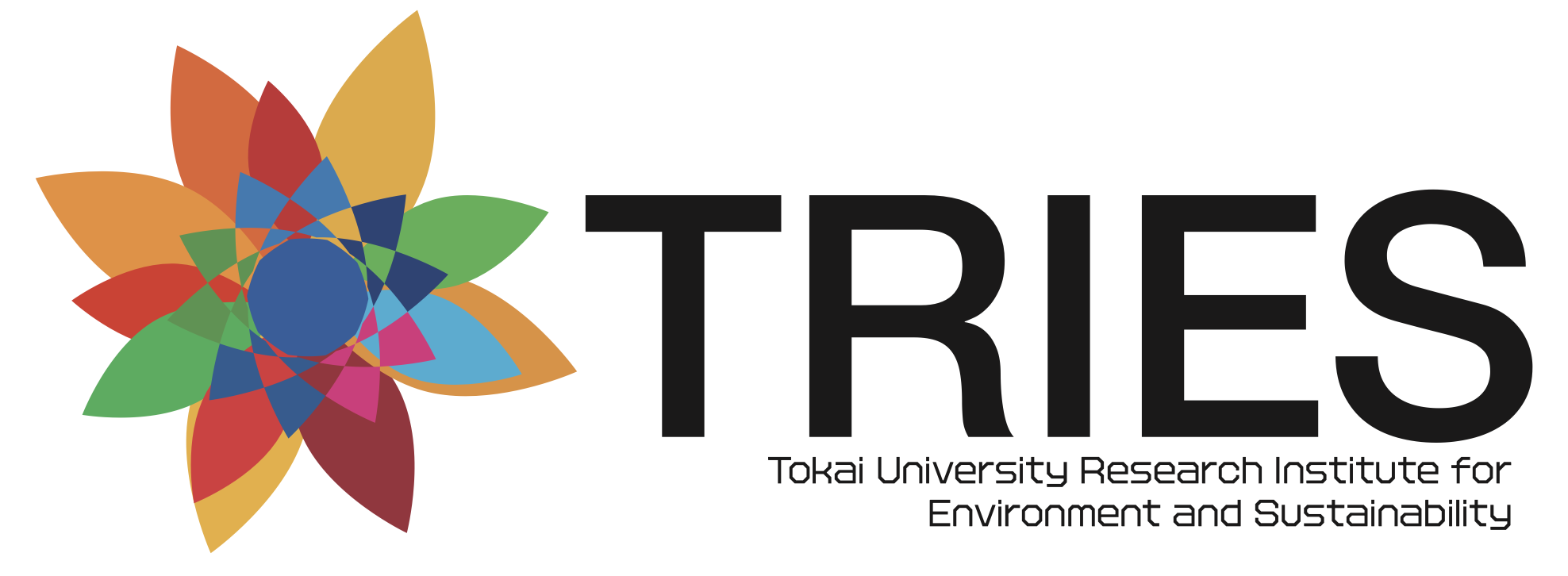The 'producerism' of the Paris Agreement and the Joint Crediting Mechanism (JCM)
3/15 2024
Author: Hideka Morimoto
Climate change is a global crisis, but also an issue that cannot be solved without global action. Not only Japan, which has declared itself carbon neutral by 2050, need to take action, but also all countries. Many of these countries suffer from the same heavy dependence on fossil fuels as Japan, and Japan's establishment of technologies and systems for 2050CN will not only encourage these countries to take action, but will also provide an opportunity for Japan to grow in the era of decarbonisation through gaining access to the market.
The Paris Agreement is a mechanism whereby each country sets its own emission reduction targets (NDC). These NDCs are based on 'producer responsibility'. All greenhouse gas emissions during production are counted as emissions of the producing country, even if the production is exported. On the other hand, even if a (low)-carbon product is produced and spread around the world, the decarbonisation effect of that product belongs to the consuming country and is not reflected in the NDC of the producing country.
This point has long been criticised or complained about.
On the other hand, at the company level, a mechanism is being formed whereby companies that have created decarbonised products are directly linked to the reduction benefits during the operation and diffusion of such products for company evaluation.
Based on the Task Force on Climate-related Financial Disclosures (TFCD), first of all, companies are required to disclose their own emissions under SCOPE 1 and 2 and are subject to corporate assessment (the current disclosure requirements in securities reports in Japan are limited to this scope).
But the global trend is towards SCOPE 3, the obligation to disclose emissions upstream and downstream of the value chain, which is the subject of corporate assessment. In particular, the emissions of the products produced by the company - cars, houses, boilers, etc. - when they are placed on the market and put into operation. In other words, the company is evaluated on the basis of 'product decarbonisation times product diffusion', how many decarbonised (low) carbon products has produced and how diffused these products are. The taxonomy in the EU operates on a similar basis.
At the product level, the Life Cycle Assessment (LCA) method is also used to assess the decarbonisation of a product based on its total emissions - whole life carbon - from raw material procurement, transport, product production, operation and use, to disposal. The trend is to link the decarbonisation of a product with its whole life carbon.
In contrast to the 'producer-based' approach of the Paris Agreement, could a mechanism be considered whereby the production and diffusion of decarbonised products taken at the company and product level is reflected in the producer country assessment?
One answer to this is the Joint Crediting Mechanism (JCM), a system whereby developing countries reduce greenhouse gases through the diffusion of superior decarbonisation technologies, products, systems, services and infrastructure, and through the implementation of measures, and the results of these reductions are shared between the two countries. The results of the reductions are shared between the two countries. In Japan, this has been under consideration since around 2009, and operational rules based on Article 6 of the Paris Agreement were set at COP 27 in 2022.
It is a bilateral agreement, which can be implemented relatively more flexibly and quickly than the CDM, and agreements have already been concluded between Japan and 29 countries, with a cumulative international emission reduction/sequestration of between 50 and 100 million t-CO2 expected by 2030.
This system provides opportunities not only for large companies but also for ambitious SMEs.
For example, Tokyo-based Company Y, with less than 200 employees, uses the JCM mechanism to produce high-efficiency amorphous transformers, which are then deployed in Vietnam and Laos. It reduces power losses in distribution and greenhouse gas emissions from power generation, and has installed more than 10,000 amorphous transformers throughout Vietnam and is expanding into neighbouring Laos.
The JCM is a template for a 'Japanese growth model in the era of decarbonisation'. The technologies, products, systems, services and infrastructure that Japan has developed and secured intellectual property for will be disseminated globally through the JCM, thereby contributing to Japan's growth and the achievement of its NDC targets.
According to data analysis company Astamuse, Japan has more companies with decarbonisation-related technologies and patents than any other country. Based on this IP, it is hoped that motivated companies will also contribute to Japan's 2050CN and contribute to the CNs of other countries.
